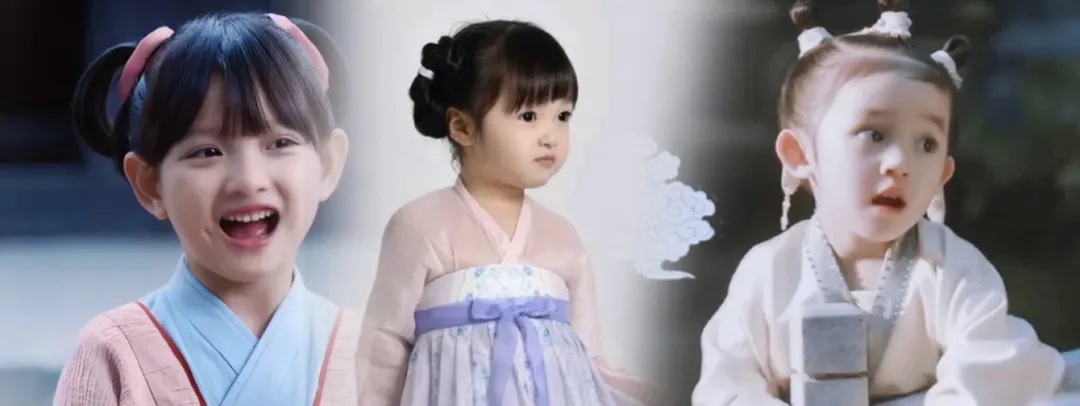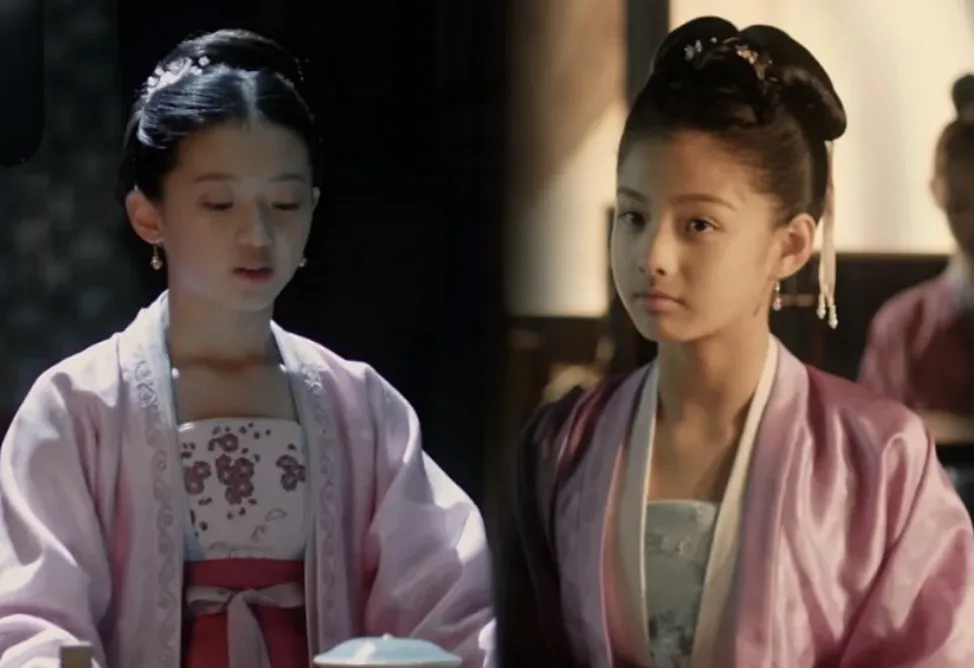
Finally, in historical dramas like 'Family Business,' 'National Beauty and Fragrance,' and 'Joy of Life,' the appearance of many child characters has sparked netizen discussions: 'So this is how ancient children looked!' Let's start with the conclusion. Ancient children generally went through stages of shaving, growing, and tying their hair. Their hairstyles varied, similar to how kids grow today. Parents, take note: children wearing Hanfu don't need adult hairstyles; it's not awkward at all. Did you also dream of dressing and styling like adults as a kid? But it was just a fantasy. Some historical dramas, for dramatic effect, often give children adult hairstyles and even add crowns, turning them into 'mini - adults' without childlike charm.

Ancient children usually tied their hair into buns around ages 15 - 16, when boys reached 'weak crown' (coming - of - age) or girls 'hairpin' (adulthood). Before that, they mostly wrapped their hair in colorful cloth, showing their playfulness and cuteness. Let's explore further. At first, children's hair was mostly fine 'fetal hair.' They often shaved and regrew it, as seen in ancient paintings. The top hair was usually styled into an inverted triangle, called 'tiáo.' You can feel the scene of 'yellow - haired children with hanging tresses, all carefree and happy.'
Sometimes, a small tuft of hair was left on the crown or back of the head and tied into tiny buns or braids, collectively called 'zǒng jiǎo' (total horns). This stage was known as the 'zǒng jiǎo years.' The 'Book of Songs' describes it: 'Delicate and lovely, with hair tied in horns.' Zheng Xuan's commentary notes that 'zǒng jiǎo means gathering hair into two horns,' and Kong Yingda explains that it's 'gathering stray hairs into two horn - like buns.' 'Zǒng' means 'to gather,' as in 'Ji Tian Fu': 'hanging tresses and gathered hair,' while 'jiǎo' refers to small buns. The zǒng jiǎo hairstyles were the most creative and fun. Just like parents today, ancient parents also used colorful hair accessories like bows to decorate their kids' hair, showing off their styling skills and highlighting children's innocence.
As hair grew longer, styles like 'double bun' or 'full - head bun' emerged. The long hair could be tied up, braided, or left hanging, which was common in ancient times. When the hair was long enough to tie fully, it was bound, often with bangs ('liú hair,' from which the term 'bangs' derives). During this phase, headbands or cloth strips ('lè zi') were used to keep stray hairs from obscuring vision. Children's hairbands matched their outfits. Another option was the 'child’s headscarf,' a soft, hollow wrap for minors. As mentioned in 'Continued Book of Han': 'A child’s scarf lacks a frame, signifying immaturity.' This likely means no internal support (unlike adult headwear) or a shapeless, half - cap design.
Recently, 'National Beauty and Fragrance' featured Yang Zi interacting with children, and now 'Family Business' does the same, giving a feeling of an ancient 'Children at Play' painting. Seeing the crew dine with kids sporting various buns is adorable. Ironically, while historical dramas often give kids adult hairstyles, they also style adults as children. Perhaps everyone secretly yearns for youth. Netizens even dug up childhood photos of Yang Zi, noting she 'grew up proportionally,' sparking nostalgia: 'As kids, we wanted to grow up; as adults, we miss childhood innocence.' So, historical dramas, stop obsessing over adult hairstyles for kids! Ancient children's lives were rich and colorful. The 'Book of Songs' says: 'The feast of zǒng jiǎo years, laughter bright and cheerful,' reminding us that each age should have its own joys. Don't you agree?


